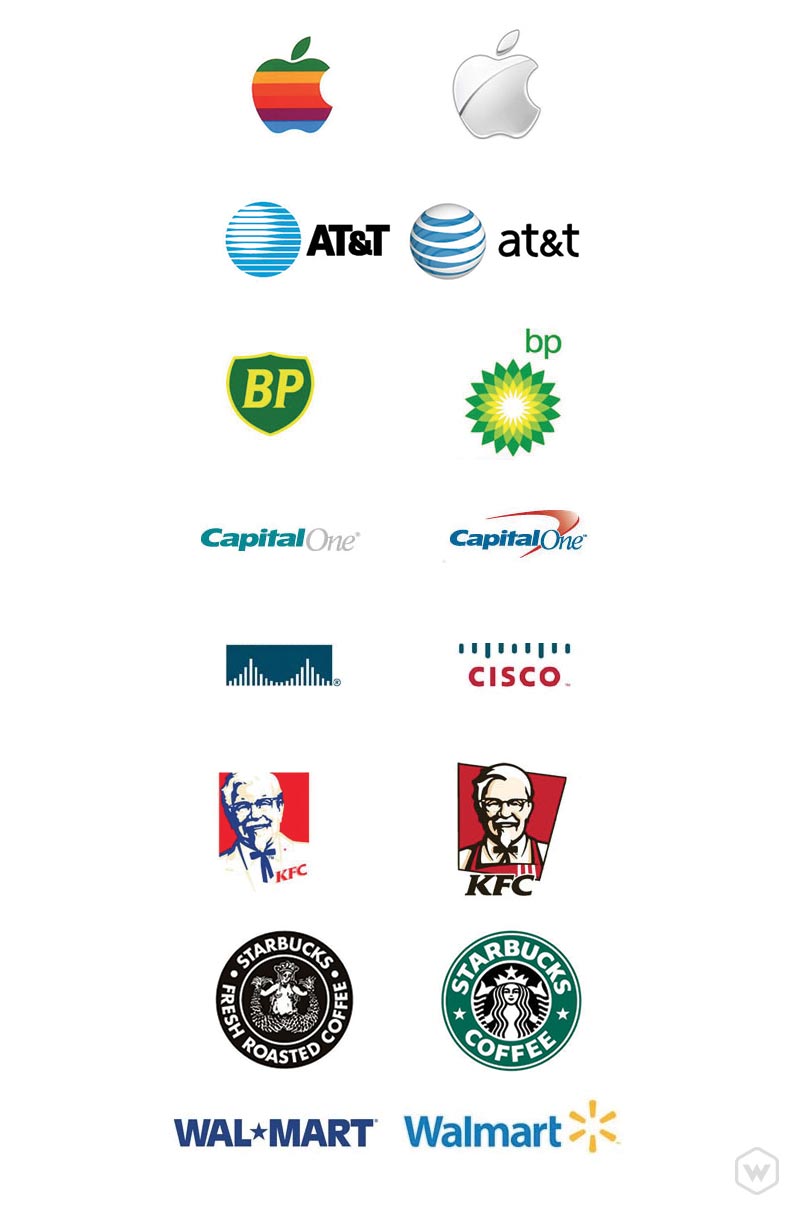

December 25, 2014
•Last updated November 5, 2023
How To Establish Your Brand and Identity: Part 1
When it comes to establishing your own brand and identity a lot more work is involved than you may think. Proper planning is crucial to establishing your image and message across all aspects of your business, purpose, or organization.
This post is Part 1 of a two-part feature explaining the ins and outs of both branding and identity. I will go into detail of what each is, how you use them, and how they can make the biggest difference in your professional work.
Branding
Most people who hear the term branding assume it just deals with the creation of an original logo. While a logo is part of branding, there is certainly more a complete branding package brings to the table.
What is a brand exactly?
A brand is the personality or image of whatever service, product, or goods a company has to offer. It encases the whole picture of a company as opposed to just being a logo. You might say a brand is a corporate image.
The core concept of branding is meant to use this corporate image within anything the company does, contributes to, or delivers during the time they are in business. With a consistent and coherent brand in place, there is no reason more customers won’t put trust in your company.
Benefits to having good branding:
- Promotes a professional look to encourage new customers to come aboard
- Keeps the message and mission of your company intact
- Promotes support from the public eye is seen as a popular brand that may give back to the community
- Allows employees to feel like they are apart of something great
- Makes you or your company look reputable which leads to more customers.
- Massive help with marketing campaigns
Tips for Good Branding:
- Do more than just a logo
- Treat branding as an investment, not a cost
- Search for opportunity more so than money which will eventually come on its own
- Educate your clients with your brand. It will sell itself
- Make it consistent to match your message
Where to begin with your brand

If you have an existing brand or are at the start of a re-brand, you have to start at the bottom. To begin, you will need to develop a game plan or strategy to push forward in the right direction as well as establish some ground rules for your company. The needs of every company will be different. Below I will discuss steps to take in order to push your branding/rebrand campaign in the right direction.
Establish the Problem
The first stage of almost any problem is to establish the problem at hand. In this stage it is wise to define your company’s strengths, weaknesses, goals, and threats to help you better understand the route you will be taking. Read more about SWOT Analysis here. If you have goals in place you can make a schedule of efforts to achieve them by certain dates once your new branding is in place.
Brainstorm
Brainstorming is a technique by which efforts are made to find a conclusion for a specific problem by gathering quick ideas from either an individual or group.
These quick ideas should never be rejected too early. Be sure to keep everything in front of you. Use drawings, lists, words, or diagrams to convey whatever ideas you may have at this moment. The more the better.
Once you feel you have come to a good stopping point, or you have about 2-3 decent ideas, push forward and develop a strategy for each.
Here are some different brainstorming techniques you can try:
- Make lists
- Sketch
- Create an inspirational board with Post-It notes or use dry erase marker on whiteboards
- Use Venn Diagrams for comparisons or relational ideas
- Assign a moderator to filter through ideas to make sure they are on course as well as manage a group
- Don’t judge ideas initially, it will just waste time
- Group related ideas
- Invite others inside the discussion that aren’t as familiar with the problem to offer different points of view
Developing a Branding Strategy
This stage is dedicated to asking questions for the ideas you have come up with during the brainstorming stage. These questions could include the 5 W’s or the Who, What, Where, When, Why and Hows.
These questions could look like this:
- Who are we targeting?
- What value will we provide?
- Where could we be?
- When will we get there?
- Why are we here now?
- How to make it monetize?
Answering these questions will help you establish goals you have achieved as well as goals you want to achieve. It will also define how your current brand is perceived by your customers and other consumers alike. You may ask yourself if how your product perceived is the way you want it to be. If not then you need to find a way to move this perception in a new direction.
Once you have finally got your approach fine-tuned it is best to compile the final idea into a positioning statement. Below are the core components a positioning statement should include:
- Your target audience
- A frame of reference
- The benefit or difference your company delivers
- A real reason for consumers to believe in you
When writing your statement to be sure to ask yourself questions such as:
- Is it memorable?
- Does it represent who we are?
- Is it clear enough?
- Would our customers believe this?
- Can we grow after this is established?
If you make it this far and you are able to answer these questions with then it is finally time to start creating visual or textual elements to reflect the brand as a whole. Here is where you establish the image or feeling defined by the stages mentioned before.
Re-Branding
Rebranding an already successful brand is no walk in the park. Many corporations struggle with this for many reasons. Corporations want to maintain their competitive edge inside their markets as well as keep their look modern and true to their ideal image or brand. This takes more than just a logo redesign but rather a whole new approach to not only the image but their believes, goals, and missions. You won’t want to do anything too drastic with a rebrand as you might lose touch with some of your consumers.
People identify the products, goods, or services they prefer by the brand set in place. Changing this could prove to be fatal if your customers aren’t ready for change. A good way to check if a change is in order is to get out and consult with your customers directly. Testing new prototypes within the public eye should give you enough reason to move forward with a rebrand or reconsider the idea altogether.
Below are some examples of popular rebrands that proved to be successful.

Work Within A Budget
Developing a brand or a rebranding campaign can prove to be costly. I myself am lucky enough to be able to go through each stage from start to finish. I can design and develop artwork for the final push as well as brainstorm enough to develop a final working idea. Some people aren’t so lucky, so in return require the accompaniment of a designer to help them with this process.
Developing your own brand on a budget is possible but you may have to do a lot of the heavy lifting yourself. You can, for example, brainstorm and develop your positioning statement and then present it to a designer for a consultation to save a few dollars. If your designer/agency approves of your ideas then all that’s left is for them to develop the image for your brand.
Keep It All Consistent
No matter the application, branding is about being consistent. What drives the company or delivers what it stands for is branding at its core level. It’s not just about a typeface, logo, or color palette. Using the messaging, the purpose or the platform combined with a well thought out logo, typeface, color palette and slogan, your company can excel to new heights.
Look for Part 2 of this post coming soon which discusses what identity is and how it plays a role in branding.
Categories
Products and courses
-
Hello Hotwire
A course on Hotwire + Ruby on Rails.
-
Hello Rails
A course for newcomers to Ruby on Rails.
-
Rails UI
UI templates and components for Rails.
